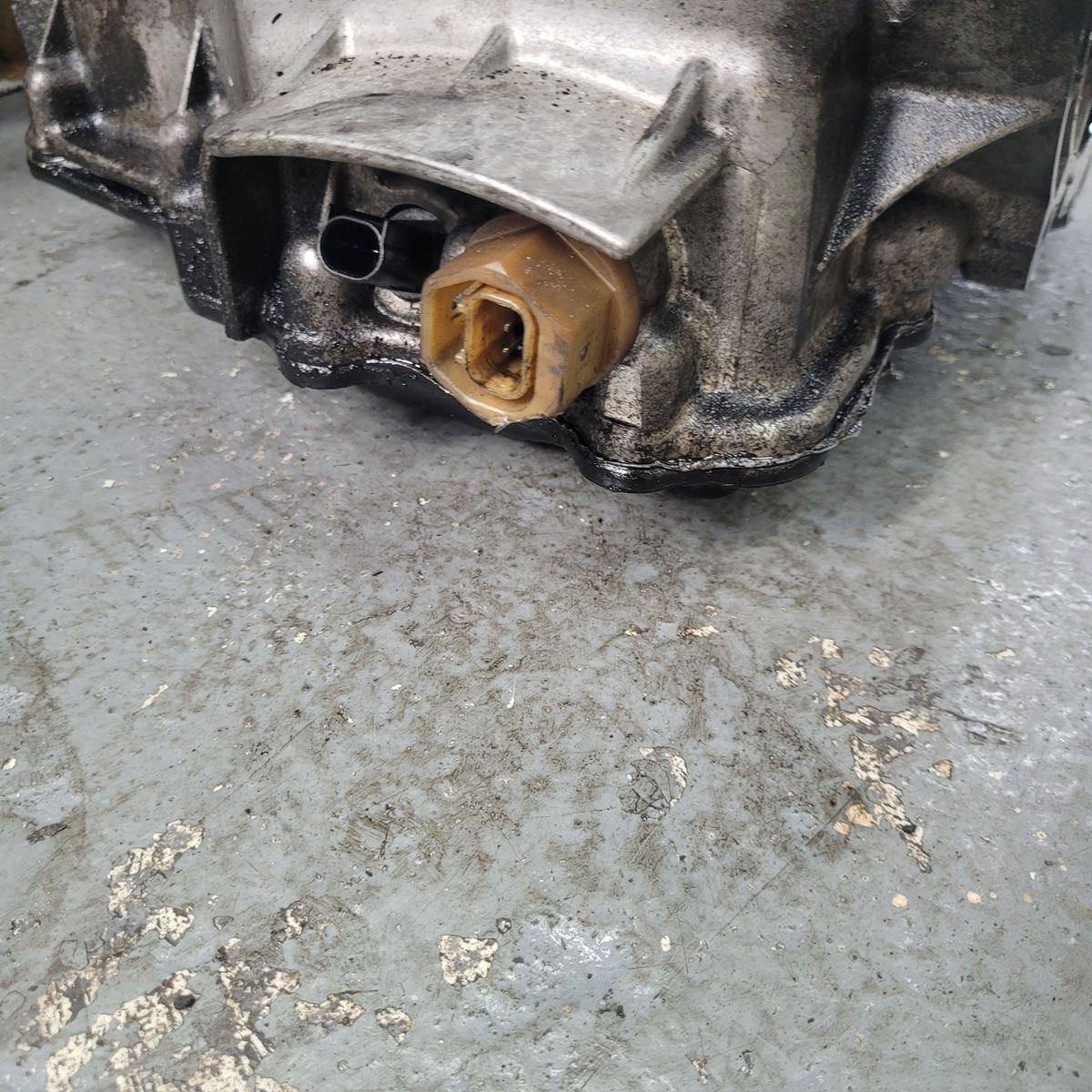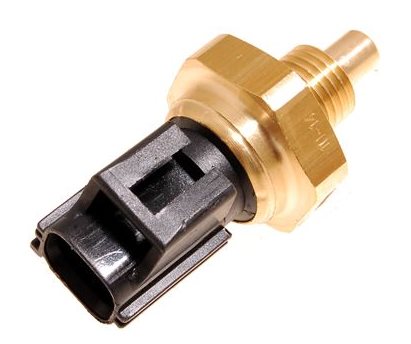What does the oil temperature sensor do?
Many performance vehicles will have oil temperature gauges installed which allow the driver to see what temperature the oil is. The oil temperature sensor measures the temperature of your car’s oil supply and sends this information to the gauges.
In order for your engine to run optimally, the oil needs to reach a certain temperature. This is why people will often leave their car idling on a cold day before beginning their drive. Low oil temperatures may cause the oil to not lubricate your engine properly, resulting in premature wear. High oil temperature can lead to your engine overheating.
Why oil temperature is important >
Causes of oil temperature sensor not working:
There are several reasons why an oil temperature sensor may not work properly. Some of the most common causes include:
- Wiring issues: The oil temperature sensor is connected to the engine control system via a wiring harness. If the wiring is damaged, frayed, or disconnected, the sensor may not receive the proper voltage and signals, resulting in incorrect readings or failure.
- Contamination: Dirt, debris, or oil deposits on the sensor can interfere with its operation and cause it to malfunction.
- Physical damage: Impact damage, corrosion, or wear and tear can cause physical damage to the oil temperature sensor, leading to failure.
- Age and wear: Over time, the oil temperature sensor may wear out or fail due to normal wear and tear.
Symptoms of a faulty oil temperature sensor:
- Oil gauge too low or high: A faulty oil temperature sensor may display incorrect readings. This can prevent you from knowing the right temperature of your car’s oil.
- Check engine light on: In some cars, a faulty oil temperature sensor can lead to the check engine light turning on.
- Oil gauge not moving: Faulty wiring can lead to a severed connecting between the sensor and gauge. This can prevent the gauge from showing any reading at all.
- Cooling system issues: A high oil temperature can also be caused by your cooling system not working correctly. If your oil temperature gauge and engine temperature gauge are both giving high readings, it could be because coolant isn’t reaching your engine correctly. This can be due to a faulty thermostat, radiator, or another cooling system component.
Cooling system repairs in Hamilton >
Benefits of replacing a broken oil temperature sensor
- Improved engine performance: The oil temperature sensor plays a crucial role in monitoring the temperature of the engine oil. If the sensor is broken, the engine may not receive accurate information about the oil temperature, which can result in reduced engine performance. Replacing the broken sensor can restore proper engine performance.
- Improved fuel efficiency: A malfunctioning oil temperature sensor can result in incorrect readings, causing the engine to work harder and consume more fuel. Replacing a broken oil temperature sensor can help to improve fuel efficiency and reduce fuel costs.
- Early detection of potential problems: The oil temperature sensor is a critical component in monitoring the health of the engine. A broken sensor can prevent early detection of potential problems, potentially leading to more extensive and expensive repairs. Replacing the sensor ensures that the engine is properly monitored, allowing for early detection of potential problems.
New Oil Temperature Sensor Replacement in Hamilton
Is your car in need of a new oil temperature sensor? If so, we can help!
At Grimmer Motors, our team of skilled mechanics are able to easily diagnose the causes of incorrect oil temperatures. If the sensor is proven to be faulty, we can replace it. If the problem is with your coolant, thermostat or engine, we can provide you with reliable, high-quality repairs.
For oil temperature sensor diagnostics, repairs, and servicing in Hamilton, contact Grimmer Motors today!


